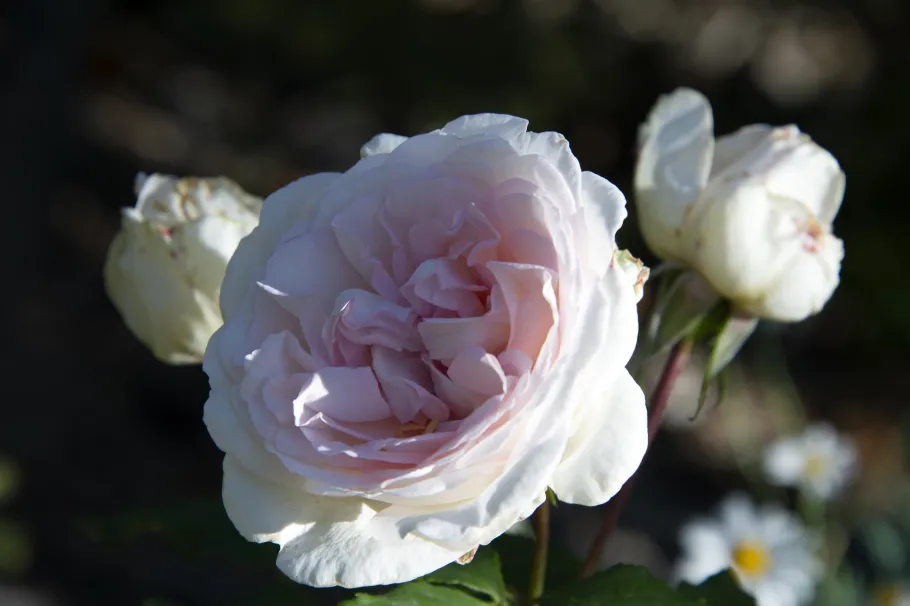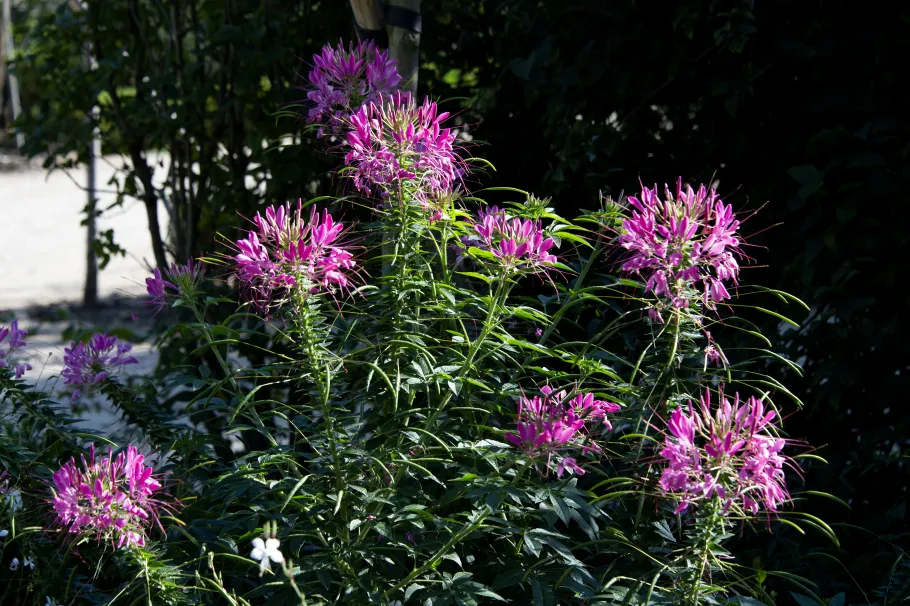After two years of works, the Queen’s Grove is now open to the public. Several patrons, from France and overseas, companies, foundations and institutions, as well as a hundred of private individuals have supported this exceptional restoration.

Restoration of the Queen’s Grove
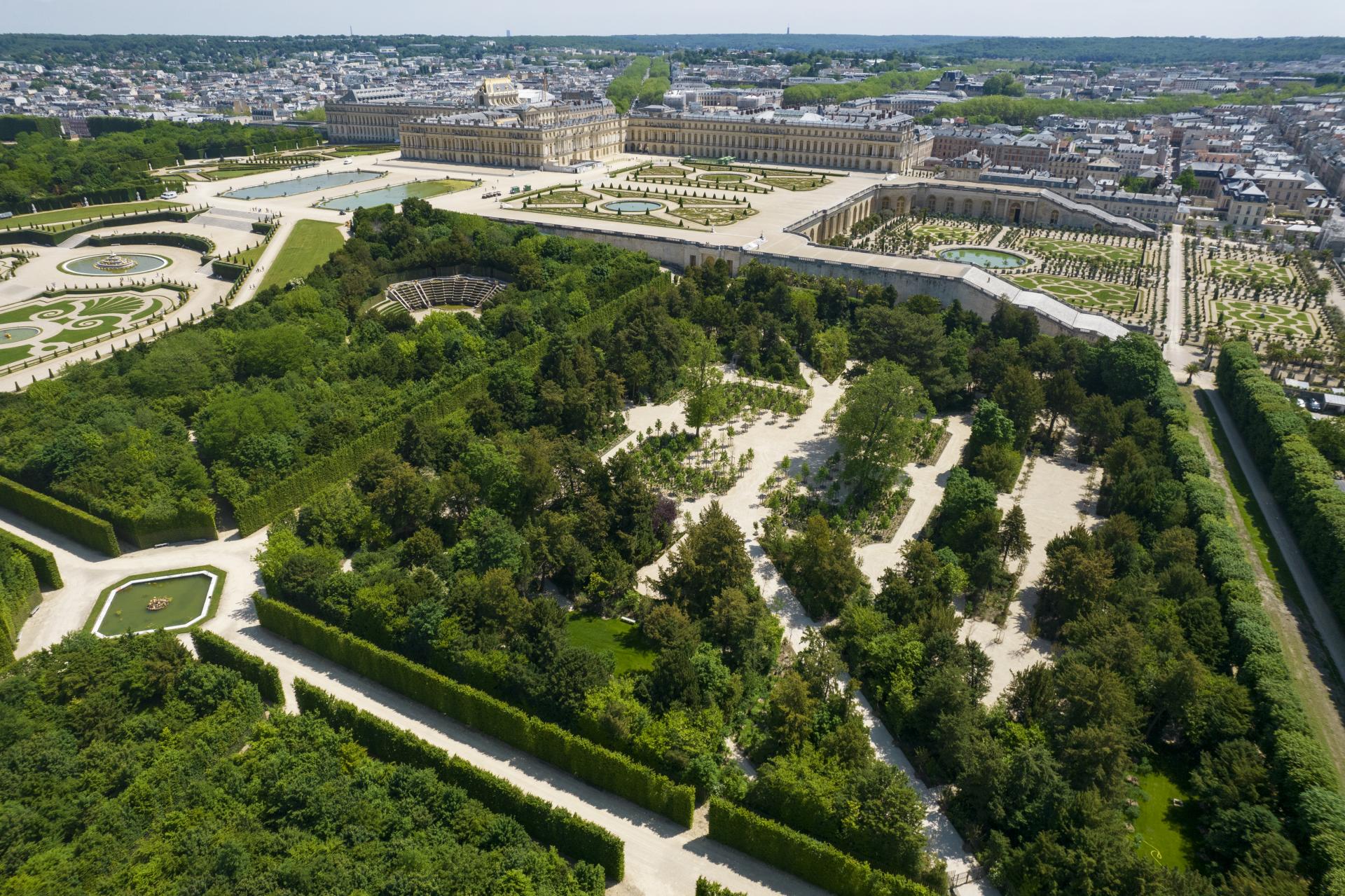
An unusual Grove
Created in 1776 to replace the Maze Grove, this ornamental garden bordering the Orangery Parterre was designed especially for Queen Marie-Antoinette so that she could have somewhere secluded to walk, away from the many visitors to the Palace. Its design reflects the taste at that time for landscaped gardens, combining the precision of the French Court, with the twists and turns of the walks inspired by the new English-style gardens.
The Queen’s Grove is unusual among the Gardens of Versailles, as it is the only one whose fame and magnificence lie in its plant components; favouring several non-native, particularly North American, species introduced to France in the 18th century, such as the Virginia tulip tree and the white fringetree.
The Queen’s Grove deteriorated considerably during the 19th and 20th centuries, and was a mere shadow of what it once was, although it still retained most of the original layout. More than twenty years after the great storm of 1999, the Palace of Versailles wanted to pursue its policy of restoring and enhancing the gardens, through the replanting of the Queen’s Grove.
Before the restoration began, some detailed archeological research had been undertaken to establish the original layout as precisely as possible: plants, furnishings, sculpted décor, etc.
Therefore, in order to restore Marie-Antoinette’s Grove as it used to be during her time, the central square and the access paths were replanted with several floral species.
A colossal project
This two-year project was divided into two periods of time. First, the central square was replanted with nearly 150 Virginia tulip trees. This work was followed by a gradual replanting of 600 rose bushes and more than a thousand perennials around the periphery, honouring Marie-Antoinette’s famed collection of roses and her love of flowers. The small arbours were also replanted with trees and flowering shrubs.
The tree and shrub species were selected from a wide range of plants, consistent with those used in the Gardens at the end of the 18th century. This great diversity of flowering trees in the Grove gives each arbour its own indidvidual atmosphere and its own name: white fringe tree arbour, hawthorn arbour, staghorn sumac arbour …
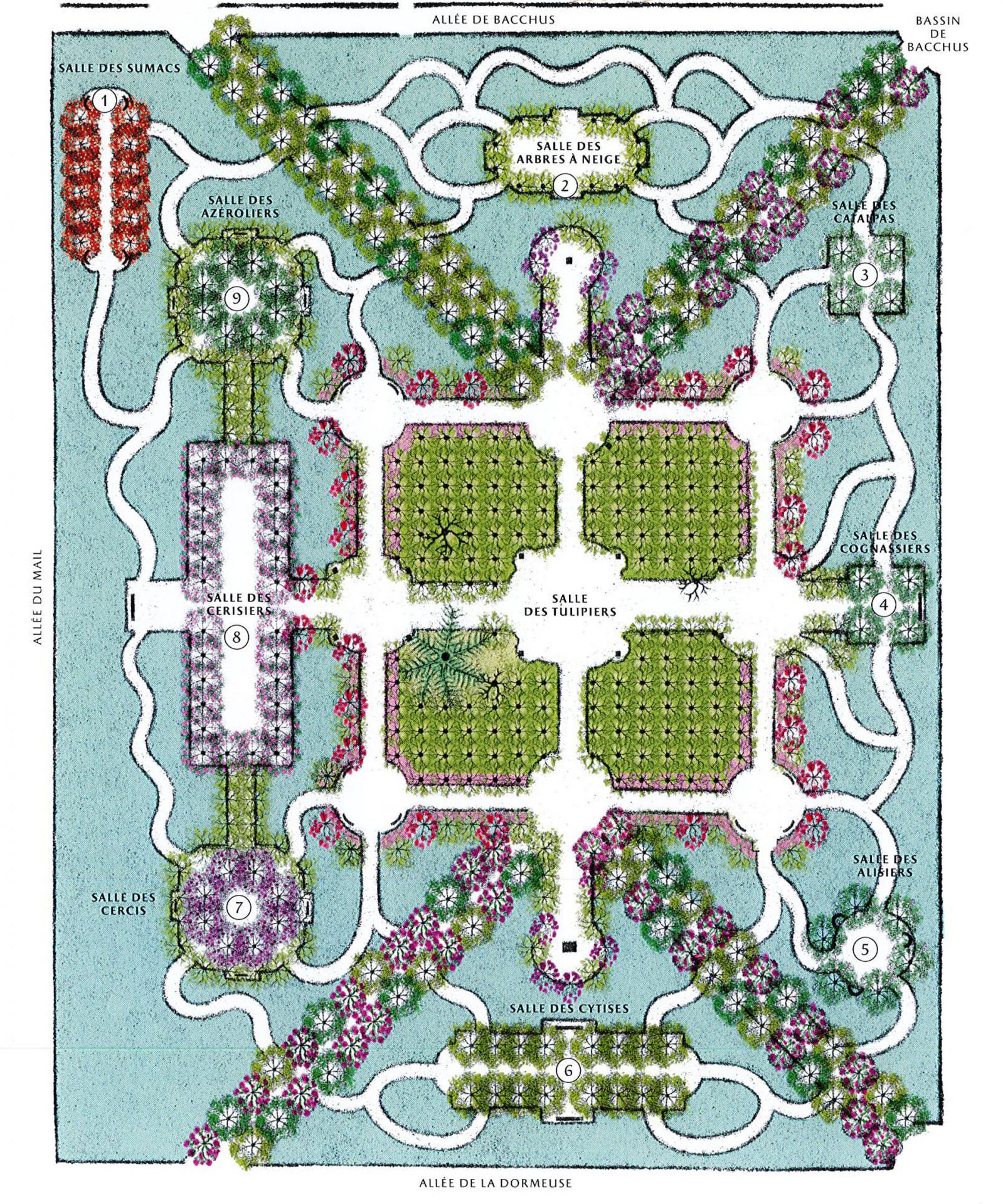
« The Queen’s Grove is a unique garden. I believe the only way to make it more pleasant and increase the space is to turn it into a Grove in the modern style, to introduce all the foreign trees that have a certain appeal. This space requires artistic variety in the shapes of the trees and their leaves the colour of the flowers, the period when they will be in bloom, and the different shades of foliage …. »
Gabriel Thouin, landscape architect, 22 October 1775
THE PATRONS



![]()
![]()
The replanting of the Queen’s Grove rose bushes, including the roses of Granville, was achieved thanks to the patronage of Parfums Christian Dior.

Sensitive to the North-American symbol that constitutes the Queen’s Grove, American companies and private individuals have participated to its botanical richness restoration.



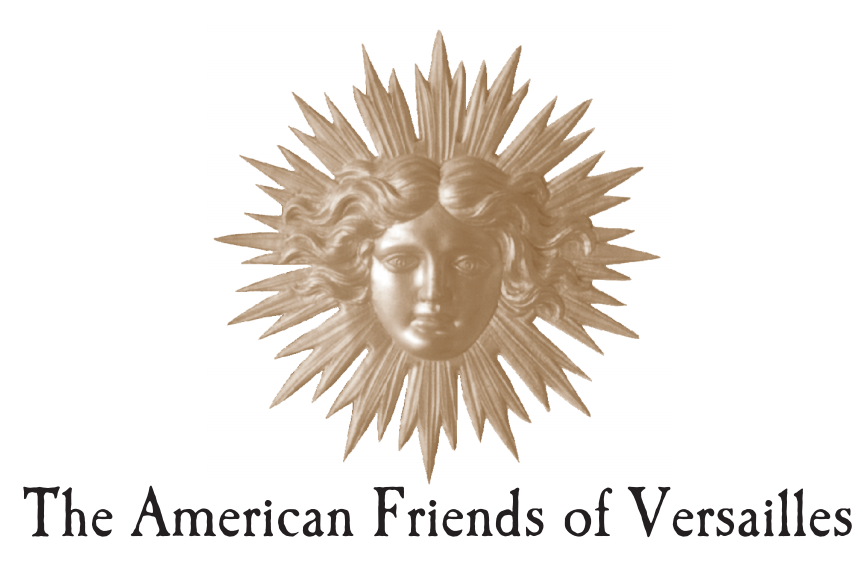
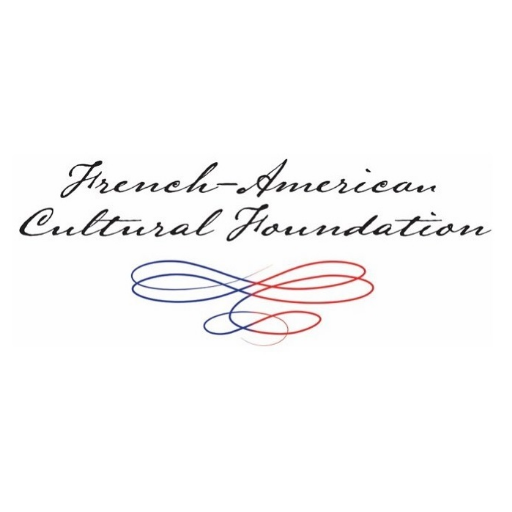
The judas tree arbour has been restored thanks to the Mr. Jean-Claude Hubert’s legacy and the patronage of the private donors gathered by the association « La Société des Amis de Versailles ».
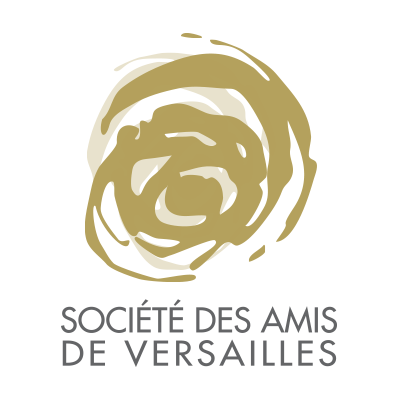
The Japanese cherry room and all the cherry trees were replanted thanks to the patronage of KOSÉ Corporation.
![]()
The Yvelines Department has also supported the replanting of the Queen’s Grove.

From the beginning of the restoration, a patronage campaign was launched to allow the public to adopt Virginia tulip trees of the Queen’s Grove. The replanting of the Virginia tulip trees arbour was made possible thanks to nearly 120 private donors.
France Relance
This restoration benefited from the France Relance plan.
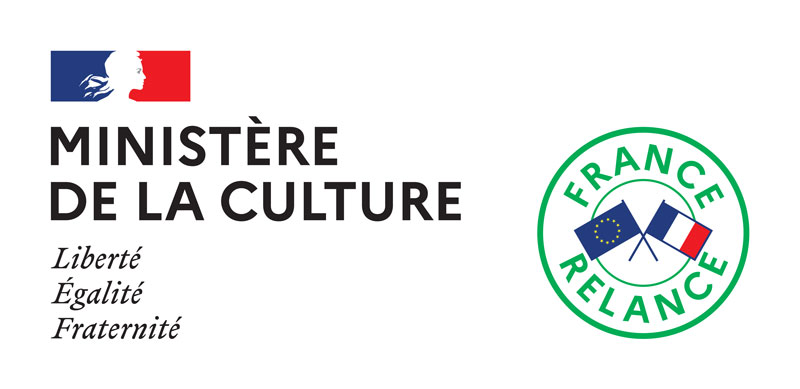
Interview of ariane herviaux, site manager on the restoration of the queen's grove
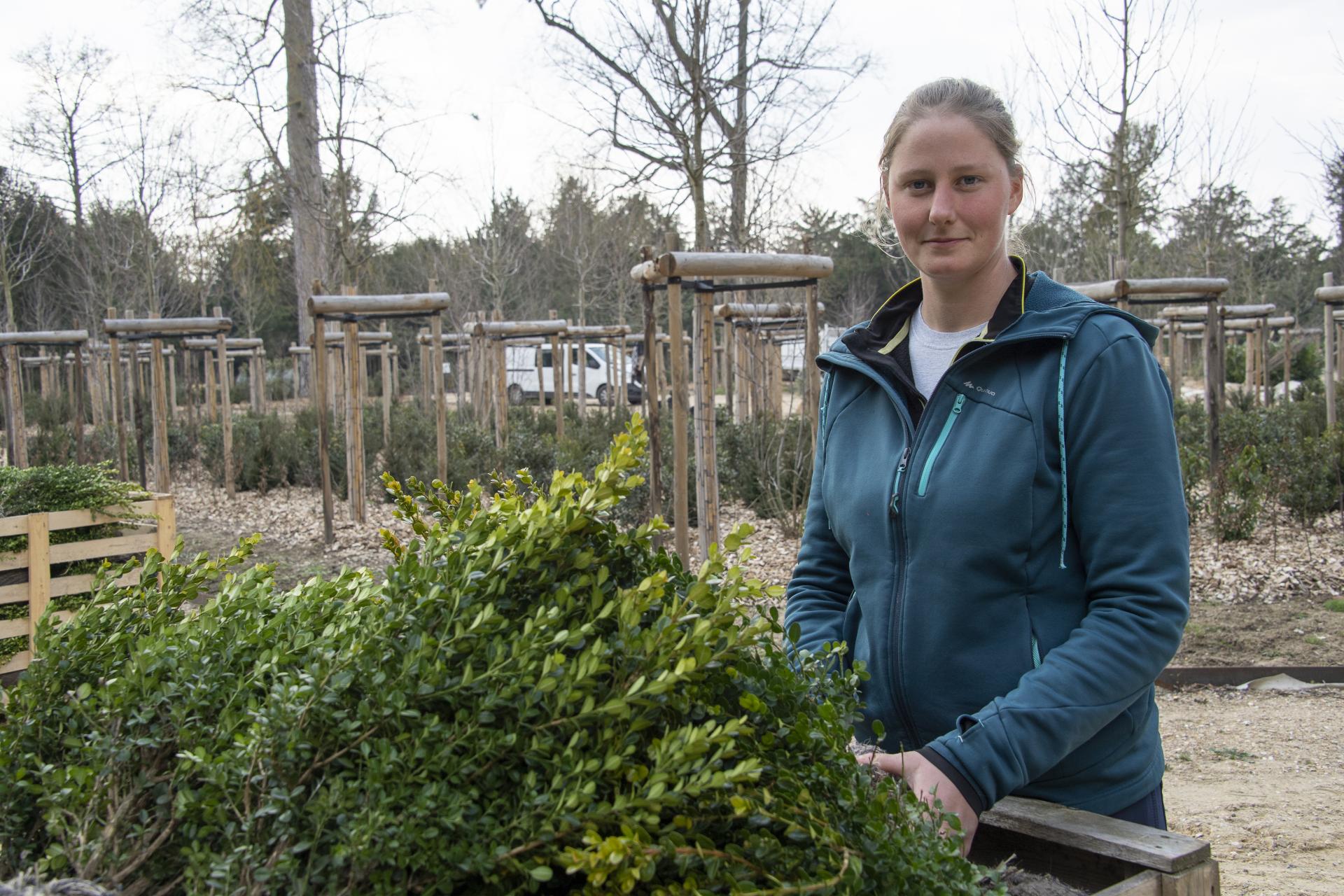
At only 28 years Ariane Herviaux already left her marks on the gardens of Versailles. Working for the Pinson Paysage Company, she took part in the restoration of the Mirror grove from 2010 to 2012 and in the restoration of Latona’s parterre from 2013 to 2015. Today, Ariane Herviaux is returning to work as a site manager on the restoration of the Queen’s grove, under the direction of the Heritage and Gardens Department of the Palace of Versailles, led by Jacques Moulin, Chief Architect of Historical Monuments.
What are the different stages of the project?
The first stage of the site restoration took place from January 2020 to June 2020 and consisted in replanting around a hundred tulip trees in the central square of the grove. We selected the trees from the nursery and replanted them at the age of 15, when already being several meters high. First, we needed to achieve an important earthwork in order to provide topsoil adapted to the tulip trees and restore the alleys and the central esplanade.
The second stage of the restoration is about to start and will involve replanting the neighbouring rooms with flower beds composed of perennials and roses, among other plants.
What difficulties did you encounter during that first stage?
At the beginning, the greatest difficulties that we had to overcome were the restructuration of the main room as well as the alignment of the tulip trees, as the new plans had to coincide with the former ones.
The rain that persisted during three months, from January to March 2020, complicated the task. The soil in Versailles being mainly made of sand and clay the machines got bogged down easily and the wet soil became very difficult to shape.
Afterwards and until autumn, including the lockdown period, large watering monitoring was essential in order to eliminate as much air as possible from the roots and to assist in the trees’ recovery.
What is your best memory of this project so far?
Seeing the results a few months after replanting the trees is a moving memory because the Virginia tulip trees have already grown well. The first planting of a tree after the extensive earthwork is always a beautiful moment as well.
In your opinion, what is the impact of patronage on this type of project?
Patrons are very active at the Palace of Versailles and it's great luck that they support the heritage restorations. Their involvement allows to confirm the promising future for gardener and landscaper professions.
The Queen's Grove after restoration

Patronage
Restoration of the Queen’s Grove
After two years of works, the Queen’s Grove is now open to the public. Several patrons, from France and overseas, companies, foundations and institutions, as well as a hundred of private individuals have supported this exceptional restoration.



